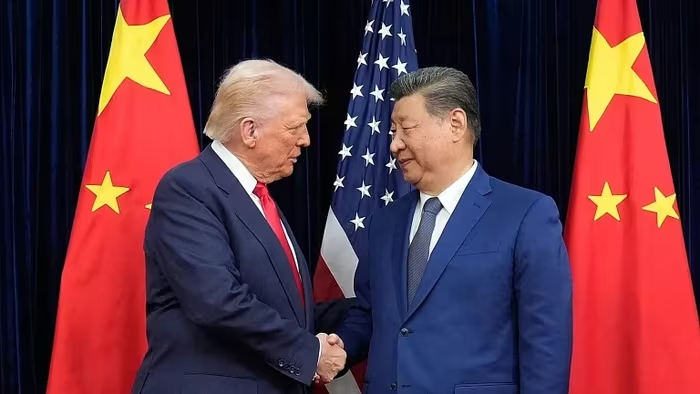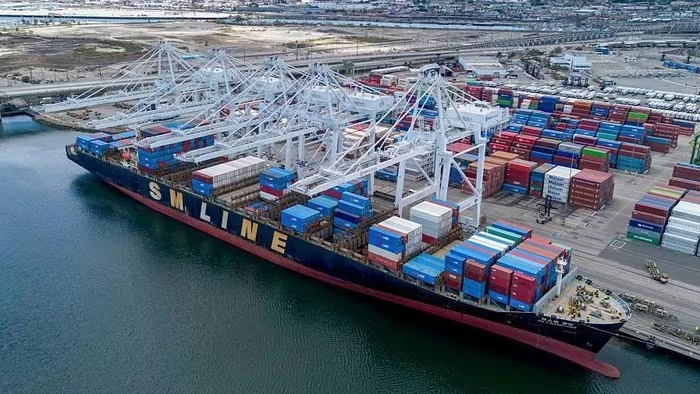US and China restore military communication channel to reduce risk of conflict
Posted on: 05/11/2025

U.S. Secretary of Defense Pete Hegseth. Photo: Reuters
On social media platform X, U.S. Secretary of Defense Pete Hegseth shared, “After President Donald Trump met with Chinese President Xi Jinping in South Korea, I also had a very positive meeting with my Chinese counterpart, Admiral Dong Jun, in Malaysia.” According to Hegseth, officials from both countries will continue to hold meetings to discuss in detail the establishment of these military communication channels. Although he did not specify a timeline, Hegseth emphasized that both Washington and Beijing clearly understand the necessity of establishing these channels to maintain stability.
Earlier, the first in-person meeting in six years between U.S. President Donald Trump and Chinese President Xi Jinping on the sidelines of the Asia-Pacific Economic Cooperation (APEC) Summit in South Korea signaled positive momentum, suggesting a “pause” after months of trade tension.
The outcome of the talks is seen as a temporary reconciliation, paving the way for the resumption of substantive dialogue and the pursuit of a more stable cooperation framework in the future.

U.S. President Donald Trump and Chinese President Xi Jinping on the sidelines of the APEC Summit in South Korea. Photo: Reuters
On November 1, the White House released details of the agreement reached between the United States and China during the meeting between President Donald Trump and President Xi Jinping, aimed at easing trade tensions between the world’s two largest economies. The agreement includes the U.S. reducing tariffs and China temporarily halting new restrictions on rare earth minerals and magnets.
According to the White House announcement, the U.S. will cut tariffs on Chinese imports by 10%, lowering the overall tariff rate on Chinese goods from 57% to around 47%. In addition, the U.S. will reduce import duties on products related to fentanyl from 20% to 10%.
Meanwhile, China agreed to take measures allowing facilities of chip manufacturer Nexperia in China to continue production, ensuring the supply of key traditional chip lines to the global market. Beijing will also lift retaliatory measures related to the U.S. Section 301 investigation into China’s maritime, logistics, and shipbuilding sectors, as well as remove sanctions imposed on entities in the shipping industry. The Chinese government also pledged to purchase at least 12 million tons of U.S. soybeans this season and at least 25 million tons annually over the next three years, while resuming imports of certain other products, including timber.

The U.S. and China are engaged in a tariff war. Photo: The Economic Times